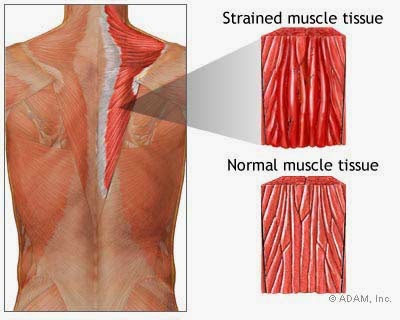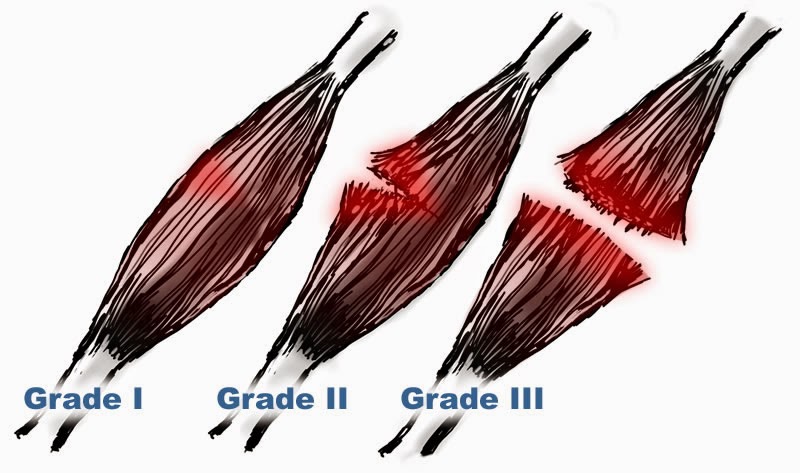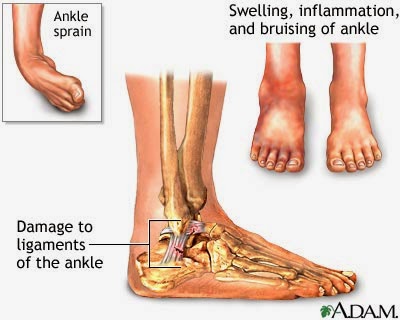Sprains, Strains, and Stop Icing
A strain is inflamed or slight (to severe) tears in muscle tissue:
 |
| photo credit: painrelief4life.com |
 |
| photo credit: berryhappybodies.com |
A sprain is a stretching or tear in ligaments, connective tissue connecting bone to bone.
 |
| photo credit: walgreens.com |
Ligaments do not have the elasticity of muscle. When they overstretch they stay stretched. Muscle is much more resilient. Neither the taffy-like ligament nor the rubbery muscle should be stretched further when sprained or strained. You don’t fix a tear with more pulling.
Compression can work wonders with either injury. While the RICE (rest, ice, compression, elevation) method is the most widespread and traditional of treatments, tight compression alone may be the best possible methodology. Sue Falsone, the hugely respected PT now heading up US Soccer, wrote about researched and anecdotal evidence backing up this theory here. In it, Dr. Gabe Merkin, the guy who coined the term RICE in 1978, said:
“Coaches have used my “RICE” guideline for decades, but now it appears that both ice and complete rest may delay healing, instead of helping.” March, 2014
Josh Stone first sparked “the ice or no ice” debate in 2013 and it’s beginning to gain traction. I’ve recommended ‘compression only’ to four different people in the few weeks since I’ve read the article, and all have had “surprisingly miraculous” recoveries. Consider it practiced and proven.
Try it yourself next time a joint or muscle fails and see if you join the converted.
TO REVIEW:
- A sprain is an injury to a ligament
- A strain is an injury to a muscle or tendon
- Textbook treatment of sprains or strains uses the RICE method
- Ice inhibits inflammation and metabolic processes REQUIRED for healing
- Though compression may not be very comfortable at first, keeping at it can fast-track healing



